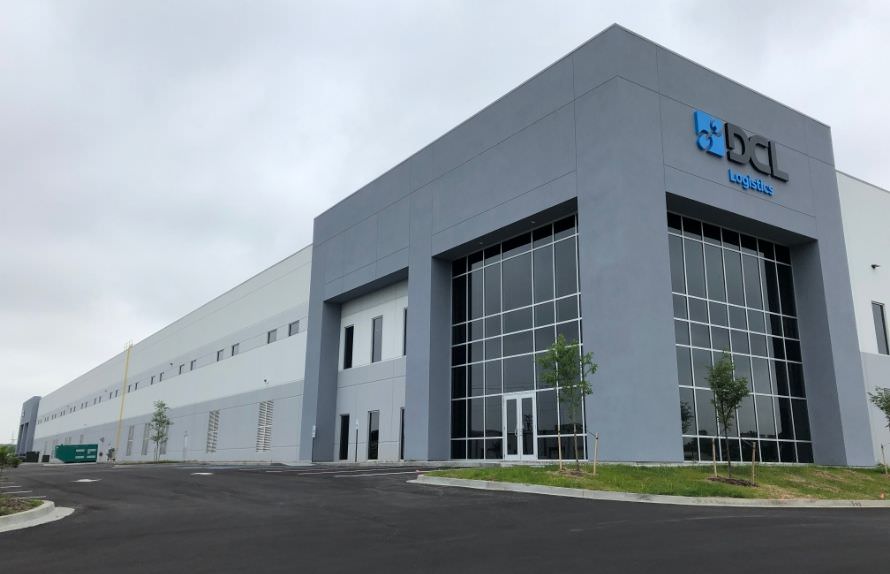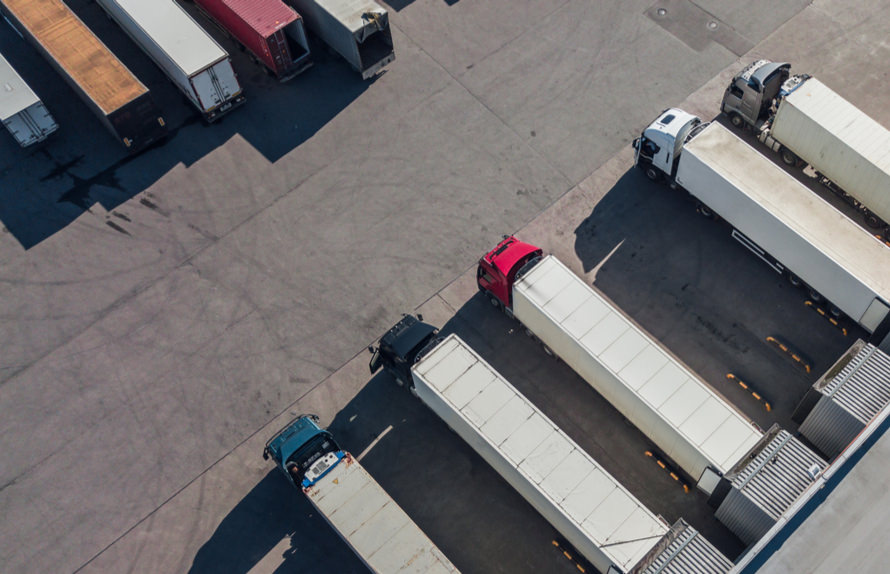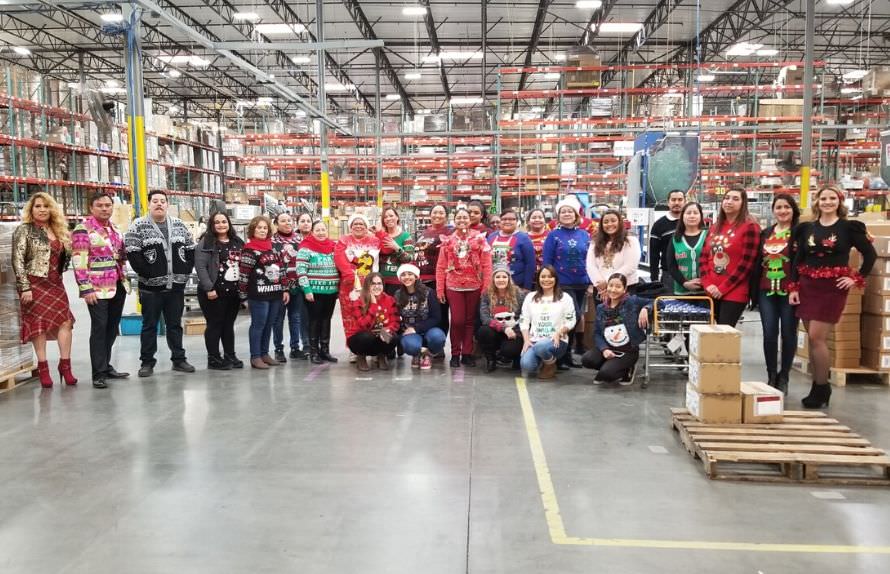
For years, warehouse automation has been framed around a single narrative: cutting labor costs. With labor markets tight and fulfilment demands rising, it’s no surprise that many logistics leaders initially evaluate robotics through that lens. But the reality is that the return on investment (ROI) from warehouse robotics extends far beyond simply replacing or reducing headcount.
For third-party logistics (3PLs) and supply chain operators competing in a fast-changing environment, robotics is less about cost savings and more about building resilient, data-driven operations. Let’s look at the broader spectrum of ROI that today’s operators are realizing.
1. Accuracy That Builds Customer Trust
Every mispick, missed pallet, or inaccurate shipment carries a cost, not just in rework, but in customer satisfaction. A single error can trigger ripple effects: higher returns, added transportation expenses, and reputational damage.
Robotics and automated data capture systems reduce human error by providing consistent, repeatable processes. Whether it’s automated scanning, real-time inventory validation, or guided picking support, robotics boosts accuracy rates significantly.
For 3PLs, this translates to stronger service-level agreements (SLAs), higher contract retention, and the ability to confidently handle more complex fulfilment requirements. In ecommerce, where customer experience defines brand loyalty, that level of precision directly impacts revenue.
2. Velocity That Meets Modern Expectations
Consumers don’t just want fast delivery – they expect it as the standard. That expectation ripples up the supply chain, placing pressure on warehouses to process, pick, and ship faster than ever.
Robotics increases throughput without simply adding more labor to the floor. Automated systems can operate continuously, helping facilities move goods at a pace that matches demand surges. Importantly, velocity isn’t just about speed for speed’s sake. It’s about meeting the promises made to customers during checkout, and doing so consistently, even during seasonal spikes.
For 3PLs especially, increased velocity can mean the ability to onboard new customers without requiring physical expansion or major headcount increases; a clear revenue growth lever.
3. Uptime and operational resilience
Robotics provides continuity. Systems that can run around the clock, monitor inventory in real time, and proactively flag issues before they escalate create a different level of operational resilience.
This continuity doesn’t eliminate the need for people; instead, it augments them. Staff can focus on problem-solving, customer service, and higher-value tasks while robotics ensures the operational backbone never stops running.
For logistics leaders navigating fluctuating labor markets or unexpected demand surges, uptime is an insurance policy that keeps warehouses agile and dependable.
4. Data Visibility That Drives Smarter Decisions
Perhaps the most overlooked benefit of robotics is the data it generates. Every scan, movement, and workflow can be captured, aggregated, and analyzed. This real-time visibility unlocks a new layer of operational intelligence:
- Inventory accuracy: Continuous validation reduces shrinkage and ensures stock levels match system data.
- Process optimization: Identifying bottlenecks and inefficiencies becomes far easier when you have data-backed insights.
- Customer transparency: Data can be shared with shippers or ecommerce partners, providing visibility across the supply chain.
This level of insight becomes a competitive differentiator. Providing customers with real-time dashboards or predictive analytics elevates your role from service provider to strategic partner.
5. A Foundation for Scalability
The supply chain is inherently dynamic. Seasonal peaks, new customer contracts, or unexpected disruptions can change the demands placed on a warehouse overnight.
Robotics offers scalability without the long ramp-up time required to recruit and train new staff. By automating core functions, 3PLs and operators gain the ability to flex capacity quickly, adapt to shifting requirements, and avoid the cycle of over-hiring and under-utilization.
In this way, robotics isn’t about replacing jobs, it’s about creating a flexible infrastructure that can support sustainable growth.
Reframing the ROI Conversation
When robotics is evaluated solely on labor savings, many of its most powerful advantages are overlooked. The true ROI includes:
- Reduced errors and higher accuracy → stronger customer loyalty
- Faster throughput → the ability to win and retain contracts
- Greater uptime → operational resilience in uncertain markets
- Deeper data visibility → smarter decision-making and differentiation
- Scalability → growth without proportional cost increases
For 3PLs and warehouse operators, these benefits directly tie back to revenue, retention, and long-term competitiveness.
The Bigger Picture: Robotics as an Enabler, Not a Replacement
It’s important to emphasize that robotics doesn’t eliminate the need for human expertise. Instead, it enhances the workforce by offloading repetitive tasks and providing the data intelligence that humans can act on.
By reframing automation not as a cost-cutting exercise, but as a strategic enabler of accuracy, speed, visibility, and resilience, supply chain leaders can unlock far greater value.
The warehouses of the future won’t simply be leaner on labor, they’ll be smarter, faster, and better equipped to serve the evolving needs of customers.
About Dexory
Dexory is transforming the world of logistics and warehousing with AI-powered robotics that deliver real-time data and intelligence. Founded in 2015 as BotsAndUs, the company has evolved from retail robotics into a leader in warehouse automation, rebranding as Dexory in 2022. Its flagship platform, DexoryView, creates a digital twin of warehouse operations, scanning up to 10,000 pallet locations per hour with unmatched accuracy. Dexory is trusted by global businesses to unlock efficiency, precision, and growth. With innovation at its core, Dexory is shaping the future of supply chain intelligence.
Oana Jinga is the Co-founder and Chief Commercial & Product Officer at Dexory, where she leads the company’s commercial strategy and product vision. With a background spanning technology, logistics, and business growth, Oana is passionate about helping supply chain leaders unlock new efficiencies through automation, AI, and data-driven insights. She regularly speaks and writes on the future of warehousing, digital twins, and the evolving role of robotics in global logistics.







